June, 2011 King of Quetico Trip
by OldGreyGoose
Trip Type:
Paddling Canoe
Entry Date:
06/04/2011
Entry & Exit Point:
Quetico
Number of Days:
9
Group Size:
2
Discuss Trip:
View Discussion Thread (10 messages)
Day 9 of 9
Sunday, June 12, 2011:
Pickup at historic ranger cabin at King Point, noon.
We slept until the sun was almost high enough to penetrate the pines and hit our tent this morning and woke up more refreshed than any other morning. (It must have been the soft pine needle “mattress.”) It was a beautiful sunny, blue-sky day but hinted of warming up quite a bit before long. We ate a whole package of pre-cooked bacon and a whole skillet of hash browns. (Hungry Jack Premium Hashbrown Potatoes in a 4.2oz. waxed carton, perfect for Quetico.)
Dozens of dragonflies cruised the shore from ground level to the treetops just as they had yesterday. We started getting our gear together and taking down the tent around 10:15 so we would be ready well before our scheduled noon pickup. At some point Joe said we needed to wipe down the canoe to make it presentable for the next party. I had missed Jim’s telling us that, but it made sense. I wet-sponged it inside and out, got the sand out and made the scratched Le Tigre black-striped hull shine again -- at least while it was wet. By the time I finished I was glad it was still shady on the beach.
After getting everything packed and staged for the pickup we walked around the site and enjoyed our last bit of time at this very nice spot. Since it was clear and calm we first heard and then saw the Beaver from quite a distance. It was pretty neat to watch the plane come into view, make a wide circle or two, and slowly descend to the water in the distance and then ease up into the shallows. After the pilot cut the engine he got out and unhooked a paddle from a pontoon and used it to maneuver the plane so the tail end of the pontoons were only a few feet from dry land.
The pilot stepped ashore and we introduced ourselves and since Sean had never been to King Point we took another little walk around the site as he took it in. He asked some questions about our trip and then it was time to load up. About this time a canoe with three paddlers came by close to shore and we had a short conversation. I think they were very surprised to see the plane there and we told them it was by special arrangement with the Park. (First paddlers seen since Day 6.)
We passed our gear to Sean on the pontoon and he stored it behind the seating, then we each climbed onto the pontoon and after washing the sand from our shoes -- at Sean’s suggestion -- climbed inside. I let Joe ride “shotgun.” Sean gave us a little safety talk, pointing out door latches and life rafts, which neither Joe or I remember getting on our previous fly-in. We put on our earmuffs (it’s extremely noisy) and were soon taxiing up Ranger Bay for the 20-minute or so flight.
I counted one thousand and one, one thousand and two, etc. and calculated that it only took the Beaver about 20 seconds or so to get off the water; it’s pretty powerful! Once airborne we could see identifiable features like the island where we lunched on Saturday and the cliff west of it, but soon everything began to look alike to me and I was able to recognize very little from then on. We both had our cameras in hand from the get-go and took pictures and short videos along the way.
Personally, I was fascinated on this flight by the different shades of green in the Quetico forest; especially the variations the deciduous trees show very prominently, even dominating in certain areas. The other thing that struck me was the number of tiny-looking pothole ponds, isolated bogs, and meandering creeks that are distributed across the landscape. I imagined how cool it would be to have all the time in the world and explore little nooks and crannies off the beaten path and wondered if you could even get into some of them.
No moose were spotted on the flight back but I spotted a large hawk far below the plane at one place and Joe later said he saw an eagle. I only saw one or two canoes. On one lake there was a very striking stretch of pollen from almost one end to the other, and as we had seen all week long, pollen was being pushed into every windward shore. At one point Sean tapped Joe and pointed and I was pretty sure he mouthed “Batchewaung,” so I new we were nearing Atikokan.
In a little bit I saw an unimproved road in the woods below and began to see more signs of civilization. At last we reached Highway 11 and could see the turnoff and the town of Atikokan. The town seemed quite a bit larger and more sprawling than I would have guessed. We got a look at the old mine just as Sean was making adjustments for our landing approach. Our descent and touchdown on the lake was smooth and in no time we were cruising like a motorboat towards the dock where we could see Graeme and the CC white van.
Sean unloaded our gear and Graeme, our driver, put it in the van; we said farewell to Sean and headed back to town sipping a cold beer that Graeme had in a little cooler. Graeme asked us about our trip and then filled us in on the Stanley Cup hockey playoffs. (Vancouver was leading 3 games to 2.) I asked Graeme if he knew how the St. Louis Cardinals had been doing and he asked, “Is that a baseball team?” like a good Canadian!
Back at CC, we got our valuables, transferred our gear to the Explorer, pitched our trip garbage in the dumpster and went for a shower. After cleaning up (how sweet it is!) we sat down with Jim for a little “debriefing” on our trip. Jim wanted to know where we camped, etc. for reference for others who book the King trip. In the process, we learned a few things ourselves, as Jim told a couple stories about a tree that fell across a canoe during a storm and about a weather balloon payload that fell through a tent a few inches from a camper’s head! (He really should write a book!)
Joe called home on his cell and told my daughter we were out safely and then it was time to head over to the Outdoorsman for a “real” meal. I debated departing from the traditional bacon cheeseburger, but when the grumpy waitress came over and said, “No one should have to work on a beautiful day like this, should they?” I changed my mind and went with the usual. After we stuffed ourselves with burgers and fries we headed for Ft. Francis/International Falls and home.
Final thoughts:
We were glad we added the extra day and made it nine. Even so, we had little time to fish because we were concerned with pacing ourselves and arriving at places with decent campsites at a time when we needed to stop. We seldom paddled “hard” after day one, but rather paddled steadily, enjoying our surroundings, observing nature and becoming immersed in the wilderness around us and the solitude we found. We had our pick of campsites and often had the best the lake could offer. We saw no one from Batch Bay at noon on day 1 until late afternoon of day 3 on Camel. Then we went another 2 ½ days before seeing the group of nine Scouts on McNiece. Finally we went another 2 days and did not see anyone between Yum Yum and King Point.
The weather was on the cool side, which suited a trip with so many portages. We had a lot of sun the first three days then one rainy paddling day followed by a cloudy paddling day. Then there were a couple of partly cloudy days and before the end of the trip it cleared up again and was perfect flying weather. The cool days made some portages easier than they might have been, as did the lack of rain. The winds were kind to us in that we mostly traveled north to south and yet seldom faced the ever so common south winds. Most evenings got so cool the bugs retreated before we did and a couple of nights seemed downright cold, but we were prepared for it. Night temps were mostly 40-45 F. Daytime temps were mostly in the 60’s, but the last day got over 70 F.
Since it was early in the season – the earliest either of us had been -- we saw fresh portage crew work (read: “sawdust”) all along the way, especially on Cutty Creek and between Yum Yum and Ranger Bay. (I really admire those folks!) Flowers that we’d not seen before were blooming at many campsites and trails and we photographed many more plants than we usually do. The pollen we saw everywhere was new to us and there were many spring-like things such as deciduous trees only partially leafed out and dragonfly hatchings that caught our attention.
Joe caught some fish from campsites, and for once the timing was perfect for a fish fry. (I fished two times for about twenty minutes and caught one small Perch.) We were very efficient in both our paddling and portaging, especially given the number of challenging put-ins and takeouts we encountered. The bugs were as bad overall as I have seen them in Quetico, but there was no single day as bad as some I’ve had before. (Primarily flies and mosquitoes, with ticks coming into play at the end. We pulled off 10 or so ticks the last two days and actually had them in our gear when we got back home.) We once again were disappointed in not seeing moose, but the eagles, loons, and ducks we saw compensated for that. (I have never gotten so close to so many loons without their bugging out! They acted like we were invisible.)
All in all this was probably the most interesting and challenging trip I’ve done. It was difficult at times but never overly so. The stretch of lakes from Jesse to Sturgeon, which we had done before were just as enjoyable as the first time. Heron Bay and Fred were beautiful and we hated passing through so quickly. Cutty Creek and the lakes from Fred to Metacryst were truly a wilderness experience and although lacking the falls or landscape of say, the Poet Chain, had great character and charm. I felt I was in the heart and soul of Quetico. I loved Kahshahpiwi, Yum Yum, and Isabella and was blown away by the beauty of Ranger Bay, with its cliffs, sandy beaches, and King Point. We may never again take a trip as long or challenging, but that’s okay. We did the “King of Quetico.”
Pickup at historic ranger cabin at King Point, noon.
We slept until the sun was almost high enough to penetrate the pines and hit our tent this morning and woke up more refreshed than any other morning. (It must have been the soft pine needle “mattress.”) It was a beautiful sunny, blue-sky day but hinted of warming up quite a bit before long. We ate a whole package of pre-cooked bacon and a whole skillet of hash browns. (Hungry Jack Premium Hashbrown Potatoes in a 4.2oz. waxed carton, perfect for Quetico.)
Dozens of dragonflies cruised the shore from ground level to the treetops just as they had yesterday. We started getting our gear together and taking down the tent around 10:15 so we would be ready well before our scheduled noon pickup. At some point Joe said we needed to wipe down the canoe to make it presentable for the next party. I had missed Jim’s telling us that, but it made sense. I wet-sponged it inside and out, got the sand out and made the scratched Le Tigre black-striped hull shine again -- at least while it was wet. By the time I finished I was glad it was still shady on the beach.
After getting everything packed and staged for the pickup we walked around the site and enjoyed our last bit of time at this very nice spot. Since it was clear and calm we first heard and then saw the Beaver from quite a distance. It was pretty neat to watch the plane come into view, make a wide circle or two, and slowly descend to the water in the distance and then ease up into the shallows. After the pilot cut the engine he got out and unhooked a paddle from a pontoon and used it to maneuver the plane so the tail end of the pontoons were only a few feet from dry land.
The pilot stepped ashore and we introduced ourselves and since Sean had never been to King Point we took another little walk around the site as he took it in. He asked some questions about our trip and then it was time to load up. About this time a canoe with three paddlers came by close to shore and we had a short conversation. I think they were very surprised to see the plane there and we told them it was by special arrangement with the Park. (First paddlers seen since Day 6.)
We passed our gear to Sean on the pontoon and he stored it behind the seating, then we each climbed onto the pontoon and after washing the sand from our shoes -- at Sean’s suggestion -- climbed inside. I let Joe ride “shotgun.” Sean gave us a little safety talk, pointing out door latches and life rafts, which neither Joe or I remember getting on our previous fly-in. We put on our earmuffs (it’s extremely noisy) and were soon taxiing up Ranger Bay for the 20-minute or so flight.
I counted one thousand and one, one thousand and two, etc. and calculated that it only took the Beaver about 20 seconds or so to get off the water; it’s pretty powerful! Once airborne we could see identifiable features like the island where we lunched on Saturday and the cliff west of it, but soon everything began to look alike to me and I was able to recognize very little from then on. We both had our cameras in hand from the get-go and took pictures and short videos along the way.
Personally, I was fascinated on this flight by the different shades of green in the Quetico forest; especially the variations the deciduous trees show very prominently, even dominating in certain areas. The other thing that struck me was the number of tiny-looking pothole ponds, isolated bogs, and meandering creeks that are distributed across the landscape. I imagined how cool it would be to have all the time in the world and explore little nooks and crannies off the beaten path and wondered if you could even get into some of them.
No moose were spotted on the flight back but I spotted a large hawk far below the plane at one place and Joe later said he saw an eagle. I only saw one or two canoes. On one lake there was a very striking stretch of pollen from almost one end to the other, and as we had seen all week long, pollen was being pushed into every windward shore. At one point Sean tapped Joe and pointed and I was pretty sure he mouthed “Batchewaung,” so I new we were nearing Atikokan.
In a little bit I saw an unimproved road in the woods below and began to see more signs of civilization. At last we reached Highway 11 and could see the turnoff and the town of Atikokan. The town seemed quite a bit larger and more sprawling than I would have guessed. We got a look at the old mine just as Sean was making adjustments for our landing approach. Our descent and touchdown on the lake was smooth and in no time we were cruising like a motorboat towards the dock where we could see Graeme and the CC white van.
Sean unloaded our gear and Graeme, our driver, put it in the van; we said farewell to Sean and headed back to town sipping a cold beer that Graeme had in a little cooler. Graeme asked us about our trip and then filled us in on the Stanley Cup hockey playoffs. (Vancouver was leading 3 games to 2.) I asked Graeme if he knew how the St. Louis Cardinals had been doing and he asked, “Is that a baseball team?” like a good Canadian!
Back at CC, we got our valuables, transferred our gear to the Explorer, pitched our trip garbage in the dumpster and went for a shower. After cleaning up (how sweet it is!) we sat down with Jim for a little “debriefing” on our trip. Jim wanted to know where we camped, etc. for reference for others who book the King trip. In the process, we learned a few things ourselves, as Jim told a couple stories about a tree that fell across a canoe during a storm and about a weather balloon payload that fell through a tent a few inches from a camper’s head! (He really should write a book!)
Joe called home on his cell and told my daughter we were out safely and then it was time to head over to the Outdoorsman for a “real” meal. I debated departing from the traditional bacon cheeseburger, but when the grumpy waitress came over and said, “No one should have to work on a beautiful day like this, should they?” I changed my mind and went with the usual. After we stuffed ourselves with burgers and fries we headed for Ft. Francis/International Falls and home.
Final thoughts:
We were glad we added the extra day and made it nine. Even so, we had little time to fish because we were concerned with pacing ourselves and arriving at places with decent campsites at a time when we needed to stop. We seldom paddled “hard” after day one, but rather paddled steadily, enjoying our surroundings, observing nature and becoming immersed in the wilderness around us and the solitude we found. We had our pick of campsites and often had the best the lake could offer. We saw no one from Batch Bay at noon on day 1 until late afternoon of day 3 on Camel. Then we went another 2 ½ days before seeing the group of nine Scouts on McNiece. Finally we went another 2 days and did not see anyone between Yum Yum and King Point.
The weather was on the cool side, which suited a trip with so many portages. We had a lot of sun the first three days then one rainy paddling day followed by a cloudy paddling day. Then there were a couple of partly cloudy days and before the end of the trip it cleared up again and was perfect flying weather. The cool days made some portages easier than they might have been, as did the lack of rain. The winds were kind to us in that we mostly traveled north to south and yet seldom faced the ever so common south winds. Most evenings got so cool the bugs retreated before we did and a couple of nights seemed downright cold, but we were prepared for it. Night temps were mostly 40-45 F. Daytime temps were mostly in the 60’s, but the last day got over 70 F.
Since it was early in the season – the earliest either of us had been -- we saw fresh portage crew work (read: “sawdust”) all along the way, especially on Cutty Creek and between Yum Yum and Ranger Bay. (I really admire those folks!) Flowers that we’d not seen before were blooming at many campsites and trails and we photographed many more plants than we usually do. The pollen we saw everywhere was new to us and there were many spring-like things such as deciduous trees only partially leafed out and dragonfly hatchings that caught our attention.
Joe caught some fish from campsites, and for once the timing was perfect for a fish fry. (I fished two times for about twenty minutes and caught one small Perch.) We were very efficient in both our paddling and portaging, especially given the number of challenging put-ins and takeouts we encountered. The bugs were as bad overall as I have seen them in Quetico, but there was no single day as bad as some I’ve had before. (Primarily flies and mosquitoes, with ticks coming into play at the end. We pulled off 10 or so ticks the last two days and actually had them in our gear when we got back home.) We once again were disappointed in not seeing moose, but the eagles, loons, and ducks we saw compensated for that. (I have never gotten so close to so many loons without their bugging out! They acted like we were invisible.)
All in all this was probably the most interesting and challenging trip I’ve done. It was difficult at times but never overly so. The stretch of lakes from Jesse to Sturgeon, which we had done before were just as enjoyable as the first time. Heron Bay and Fred were beautiful and we hated passing through so quickly. Cutty Creek and the lakes from Fred to Metacryst were truly a wilderness experience and although lacking the falls or landscape of say, the Poet Chain, had great character and charm. I felt I was in the heart and soul of Quetico. I loved Kahshahpiwi, Yum Yum, and Isabella and was blown away by the beauty of Ranger Bay, with its cliffs, sandy beaches, and King Point. We may never again take a trip as long or challenging, but that’s okay. We did the “King of Quetico.”

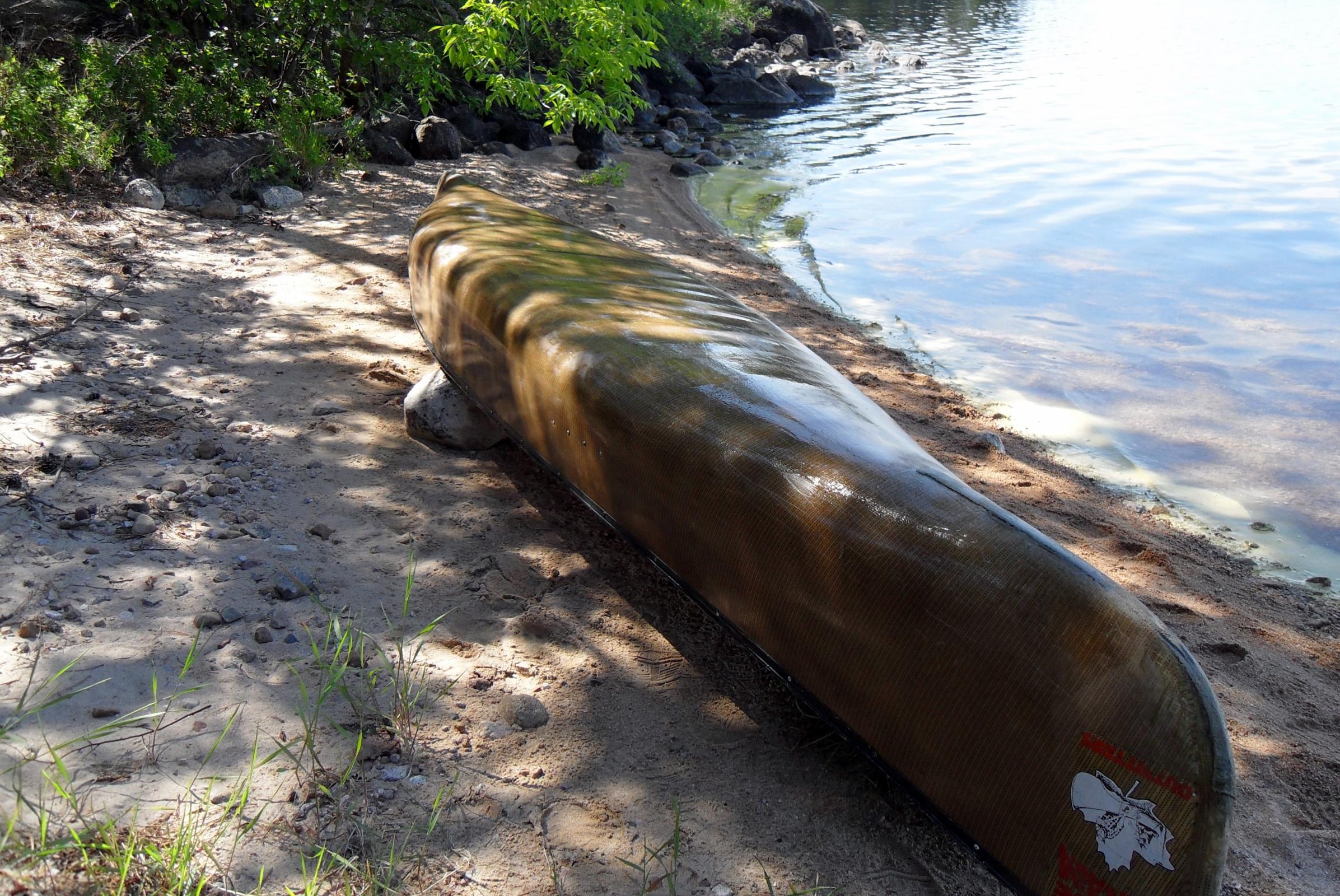
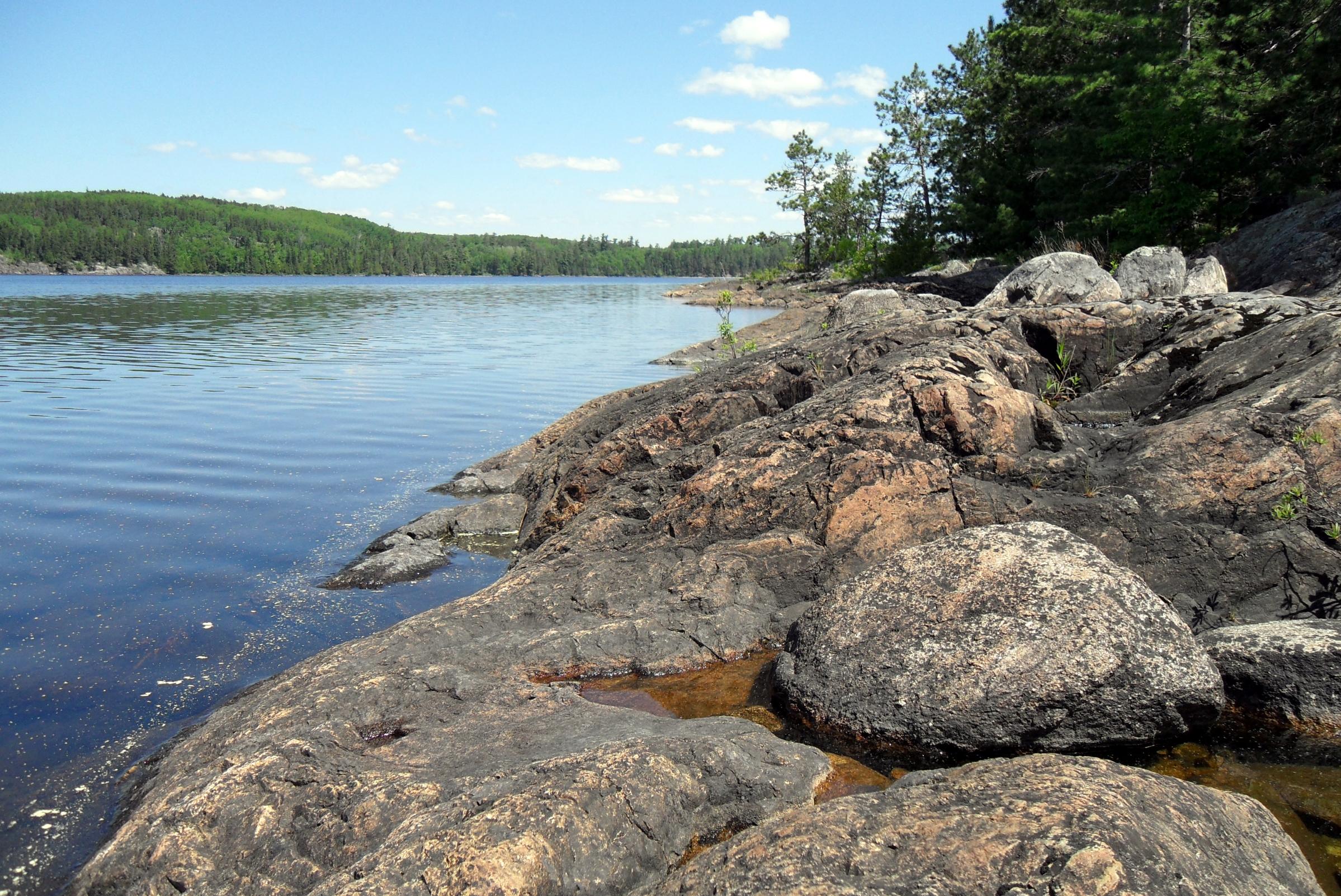
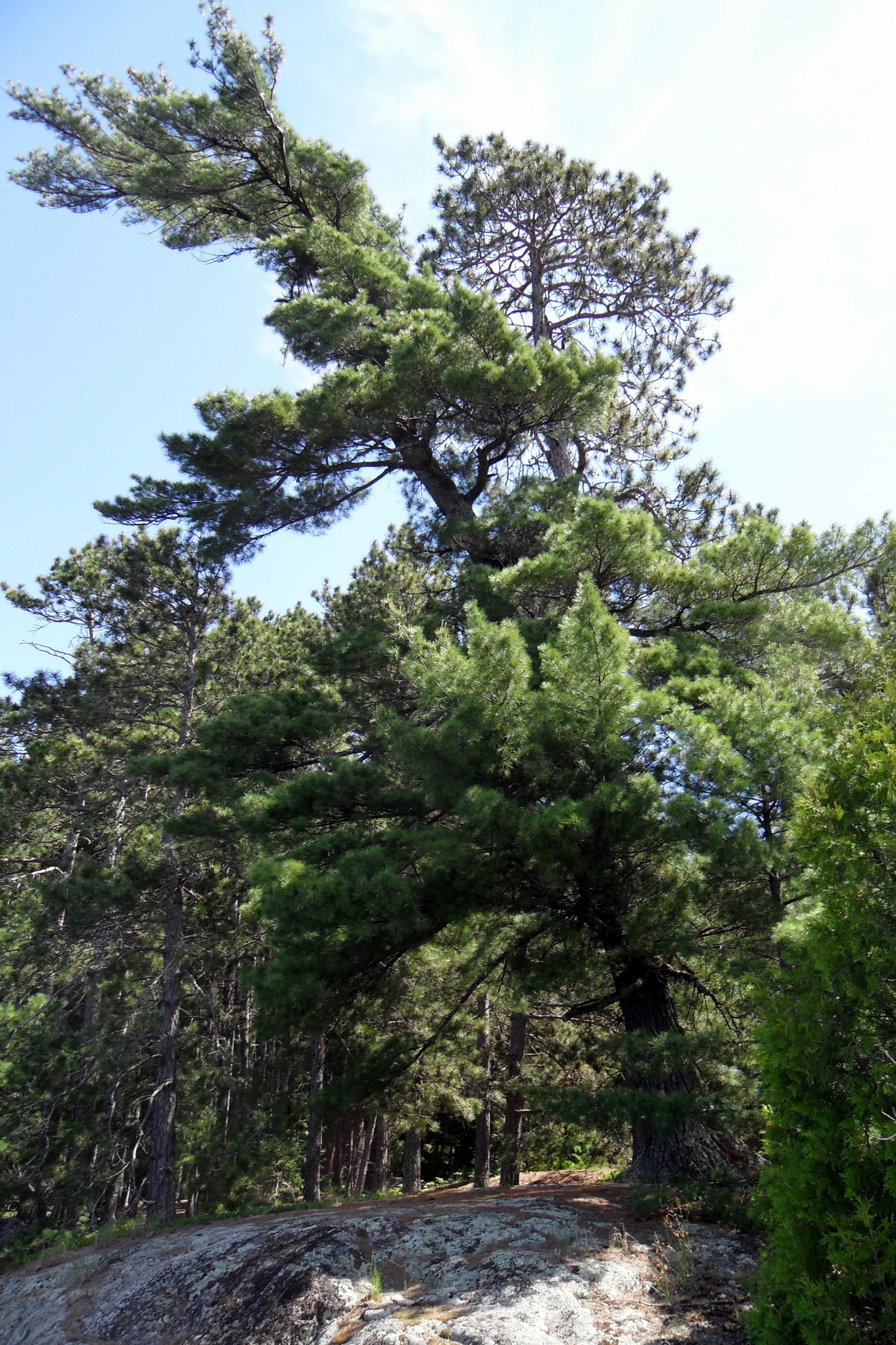

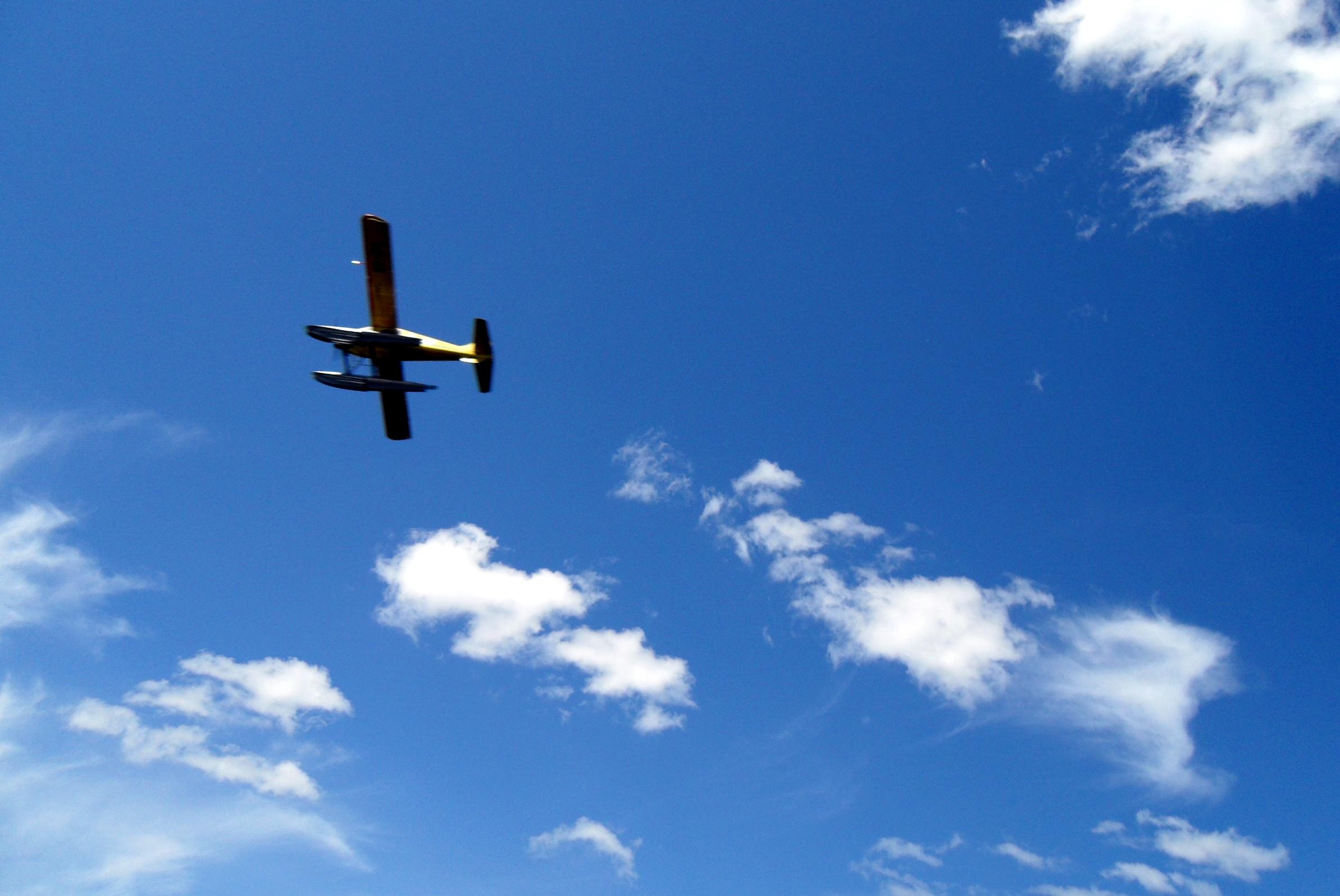

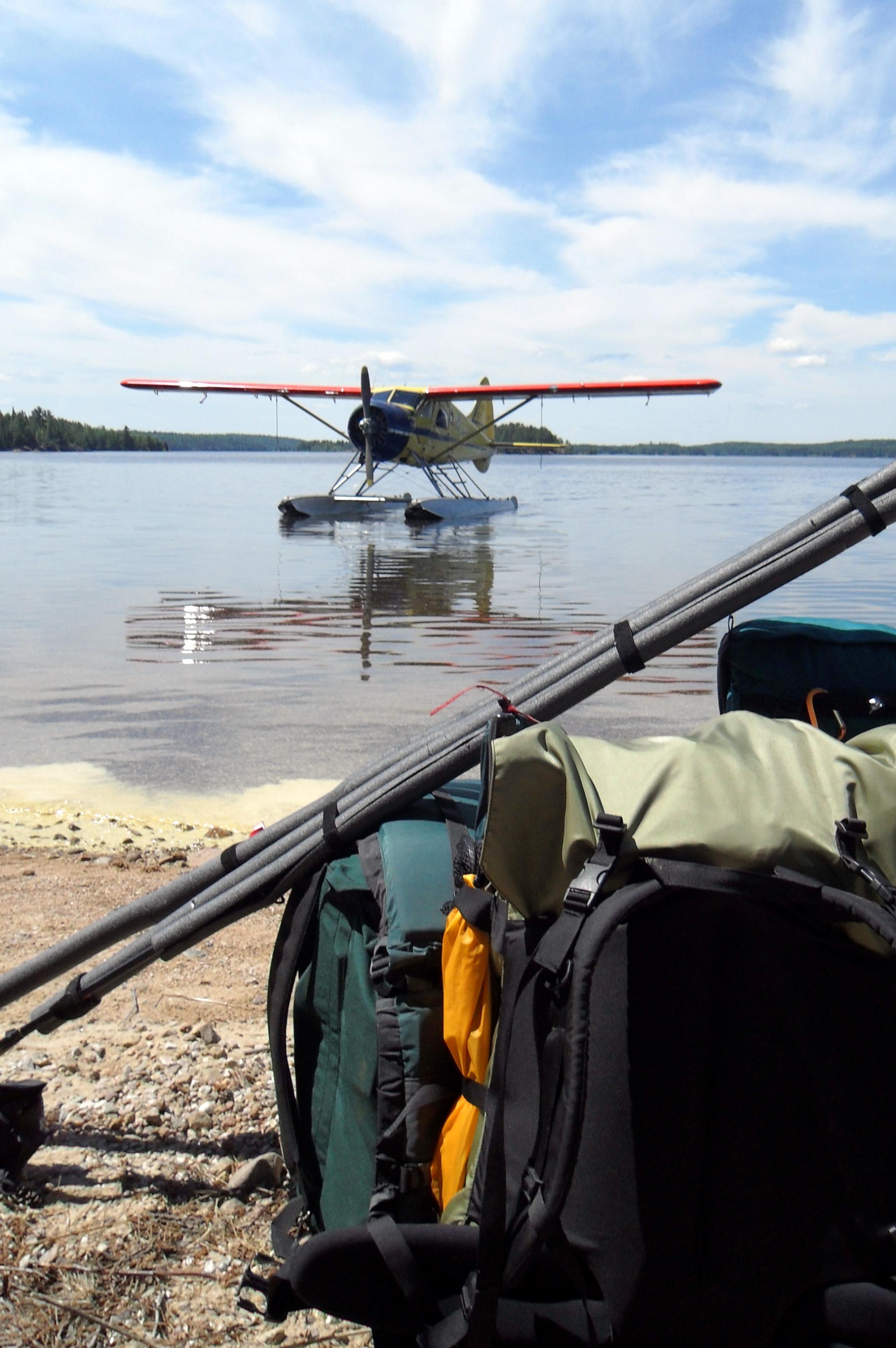
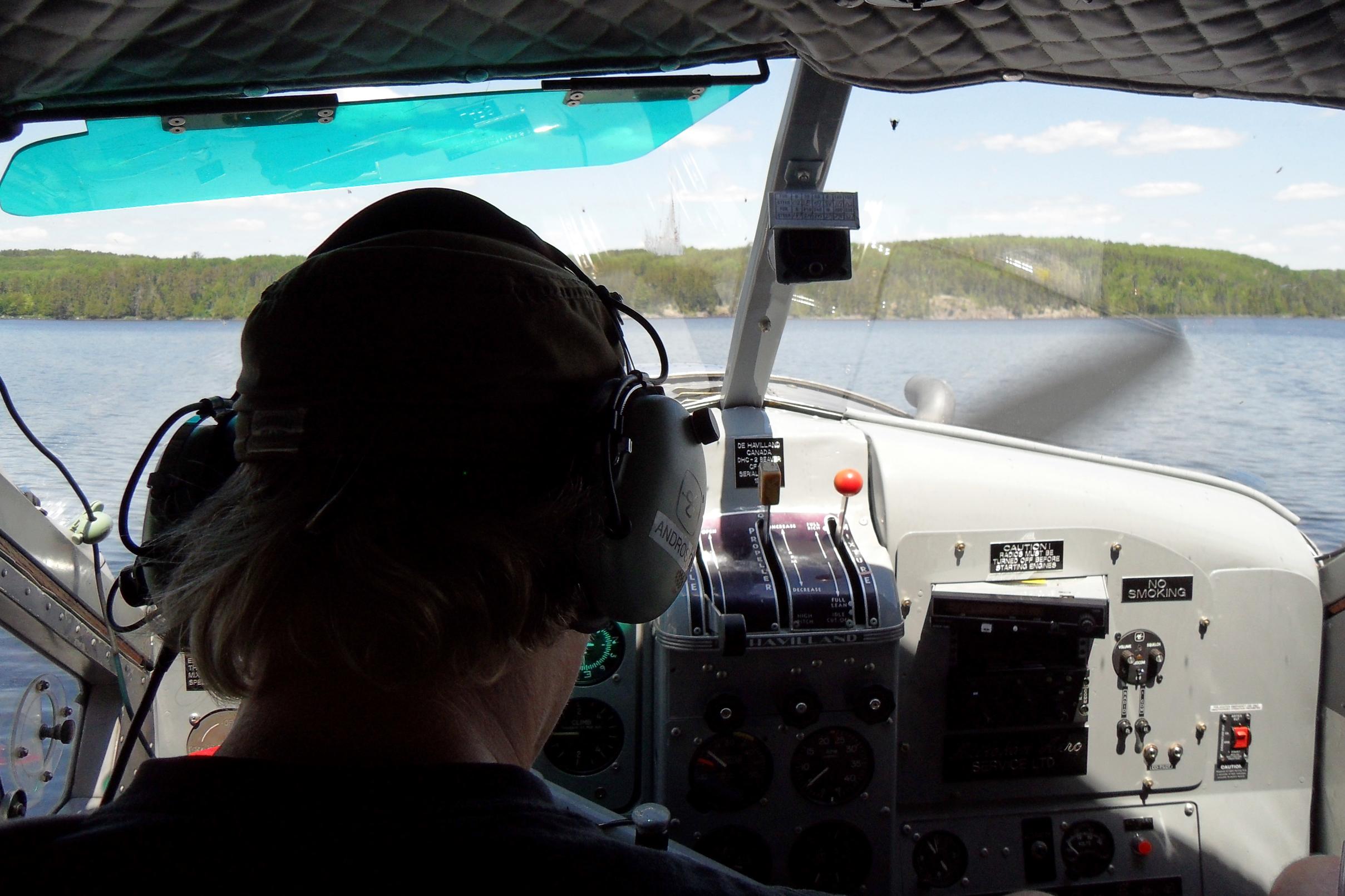
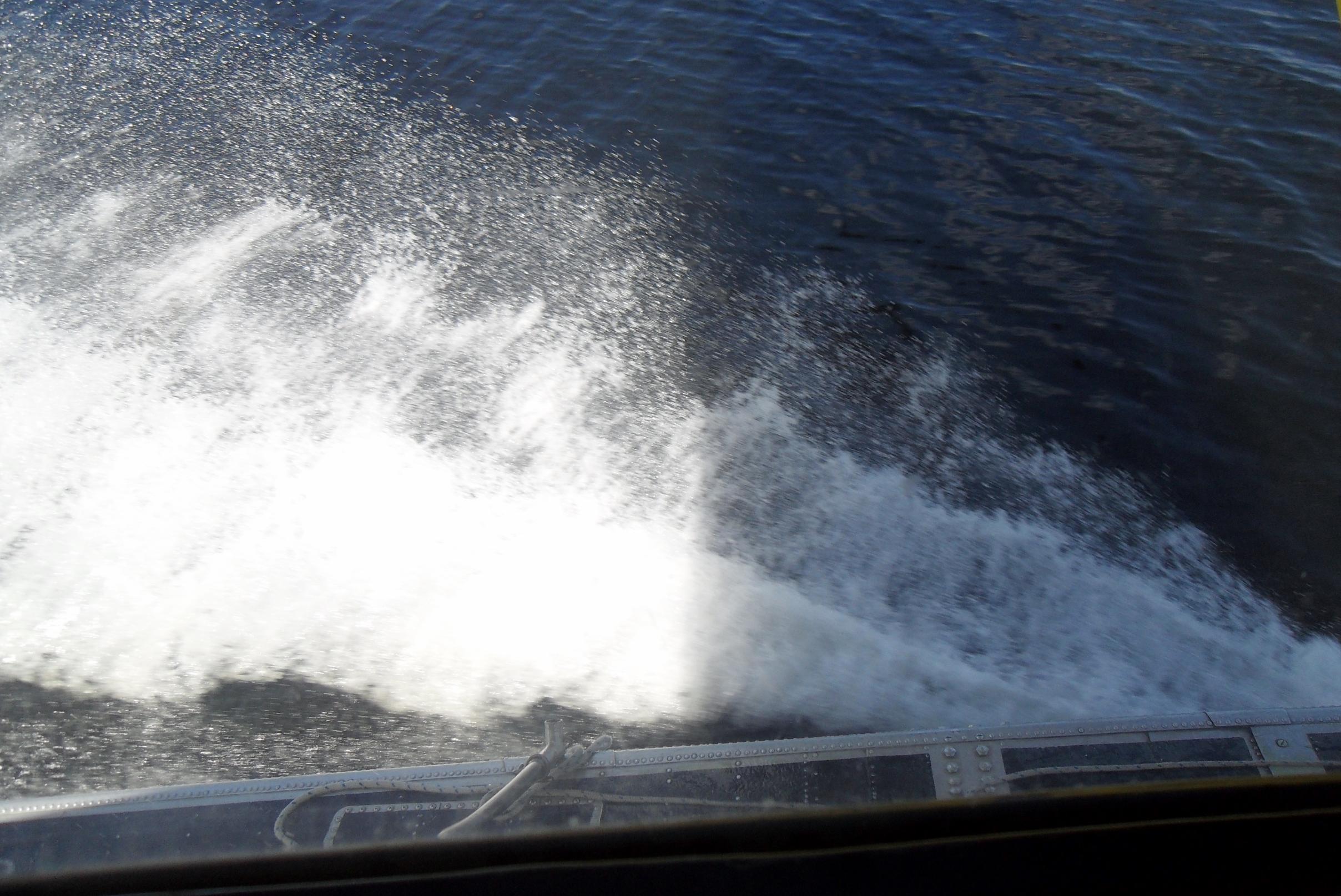
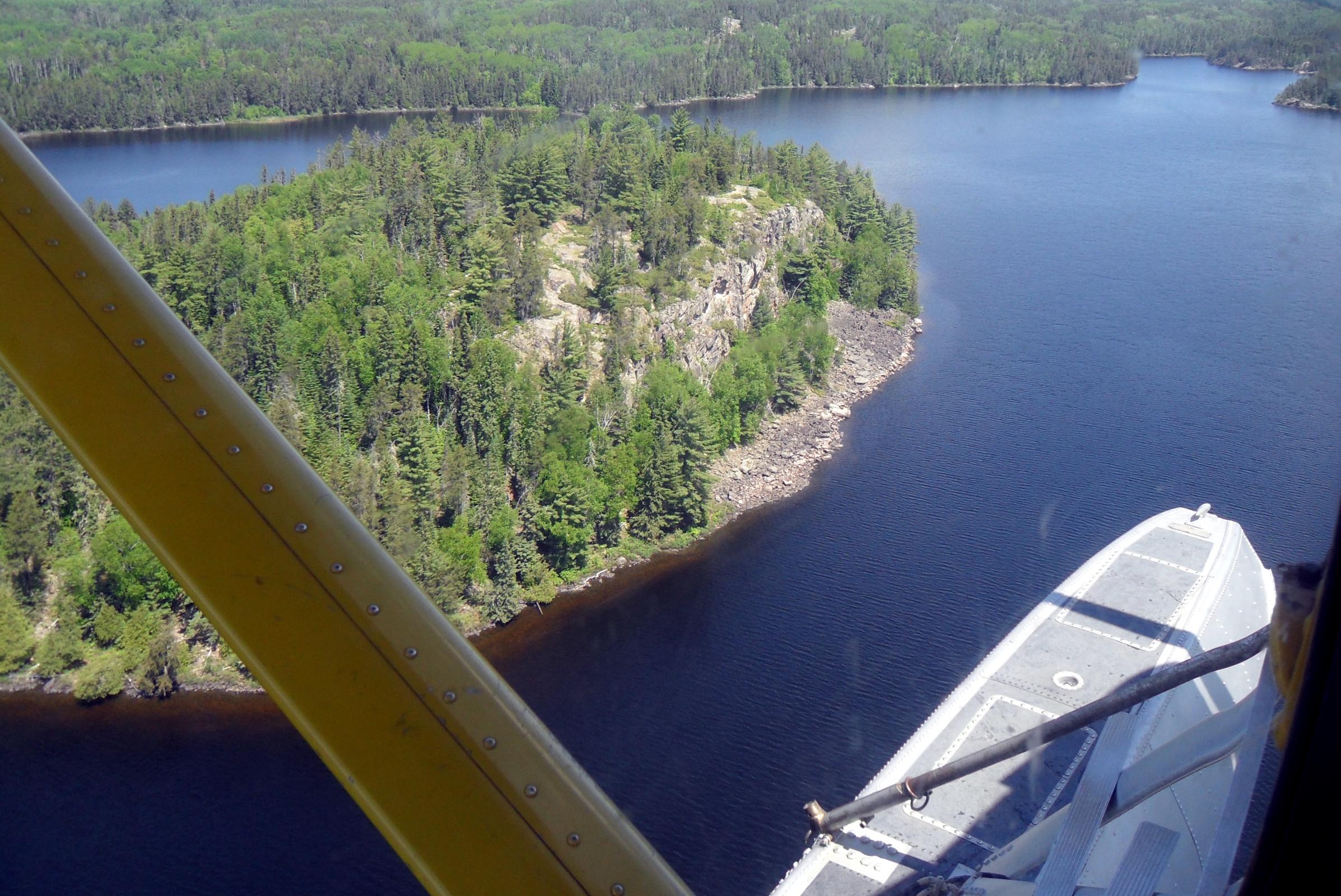
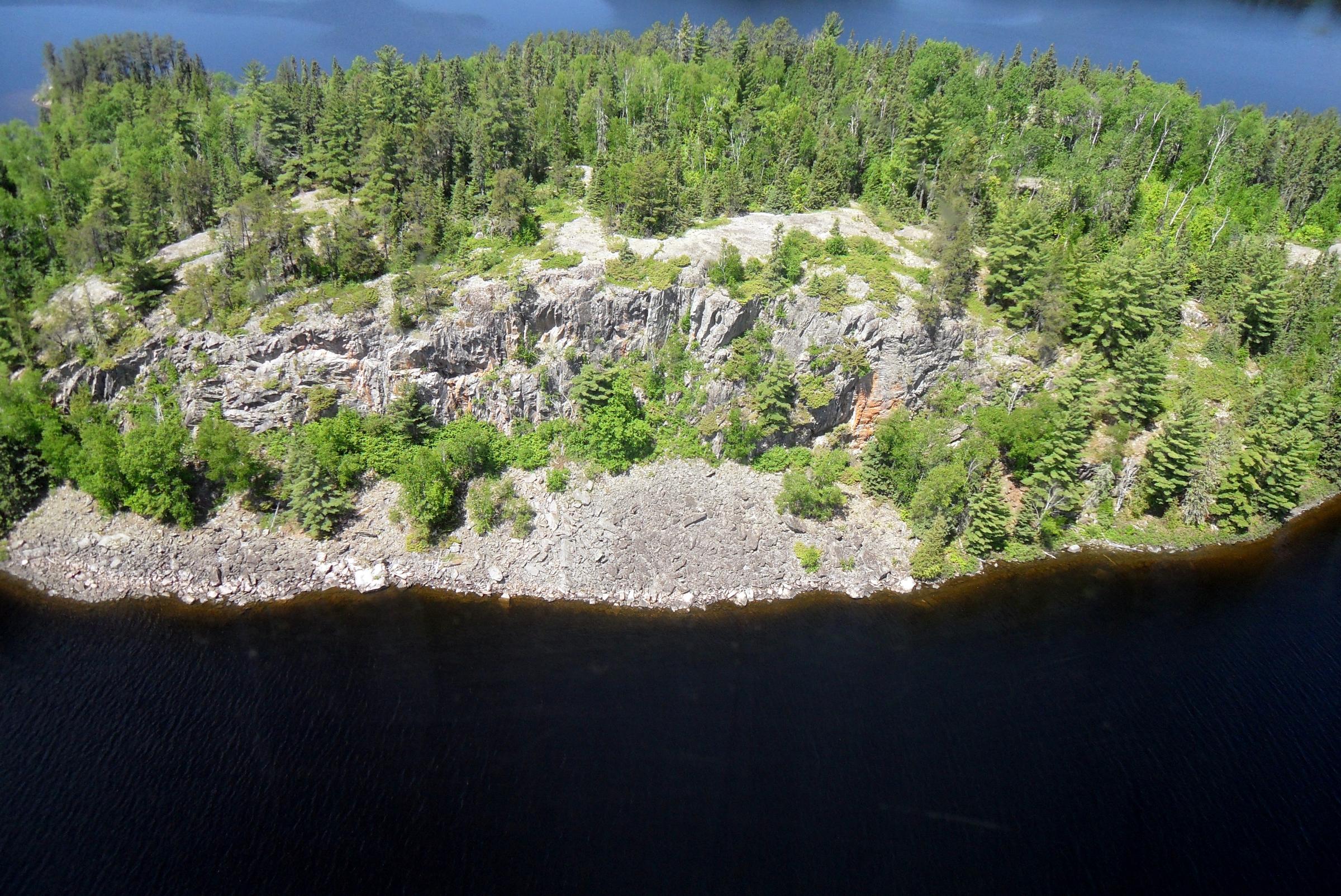
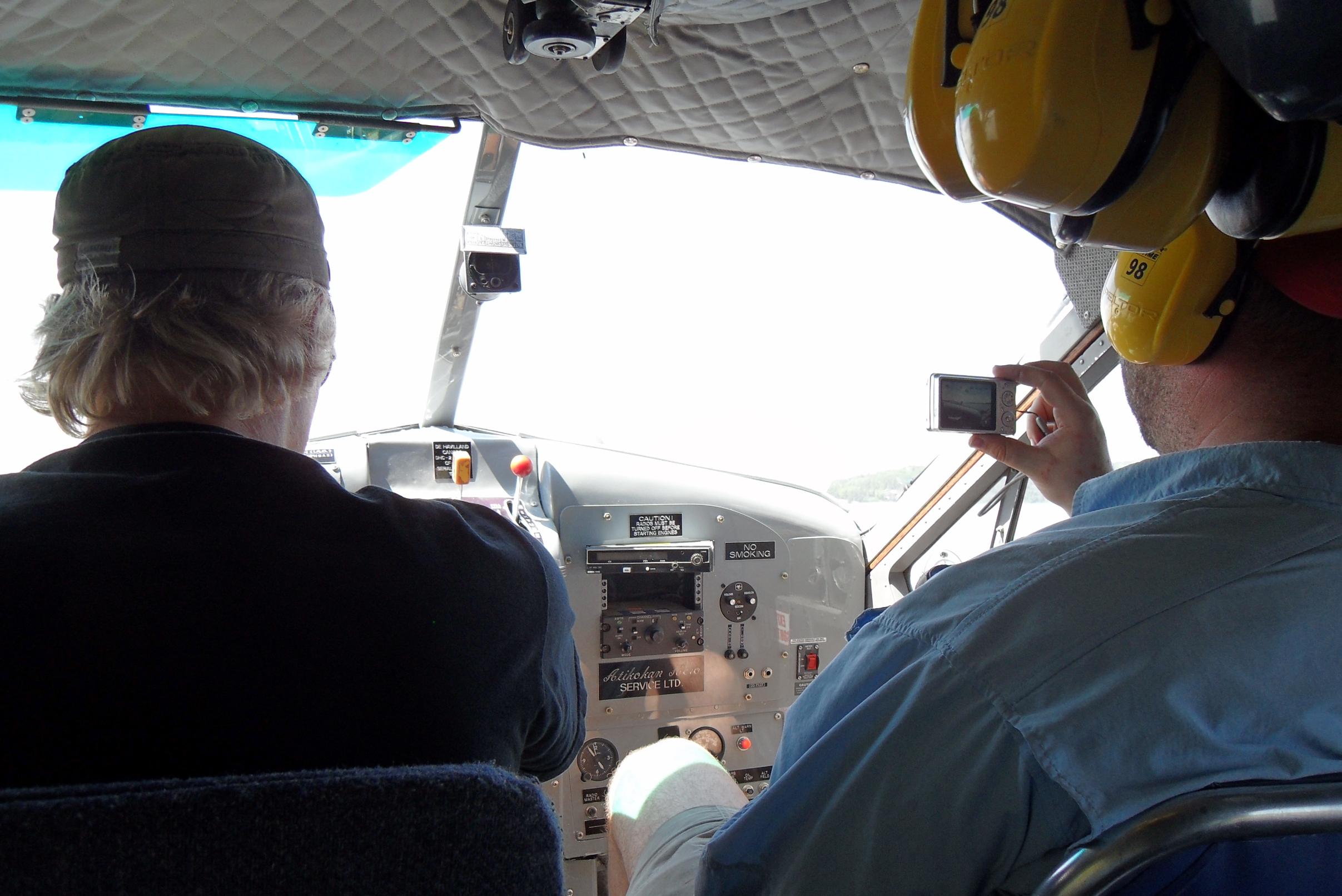
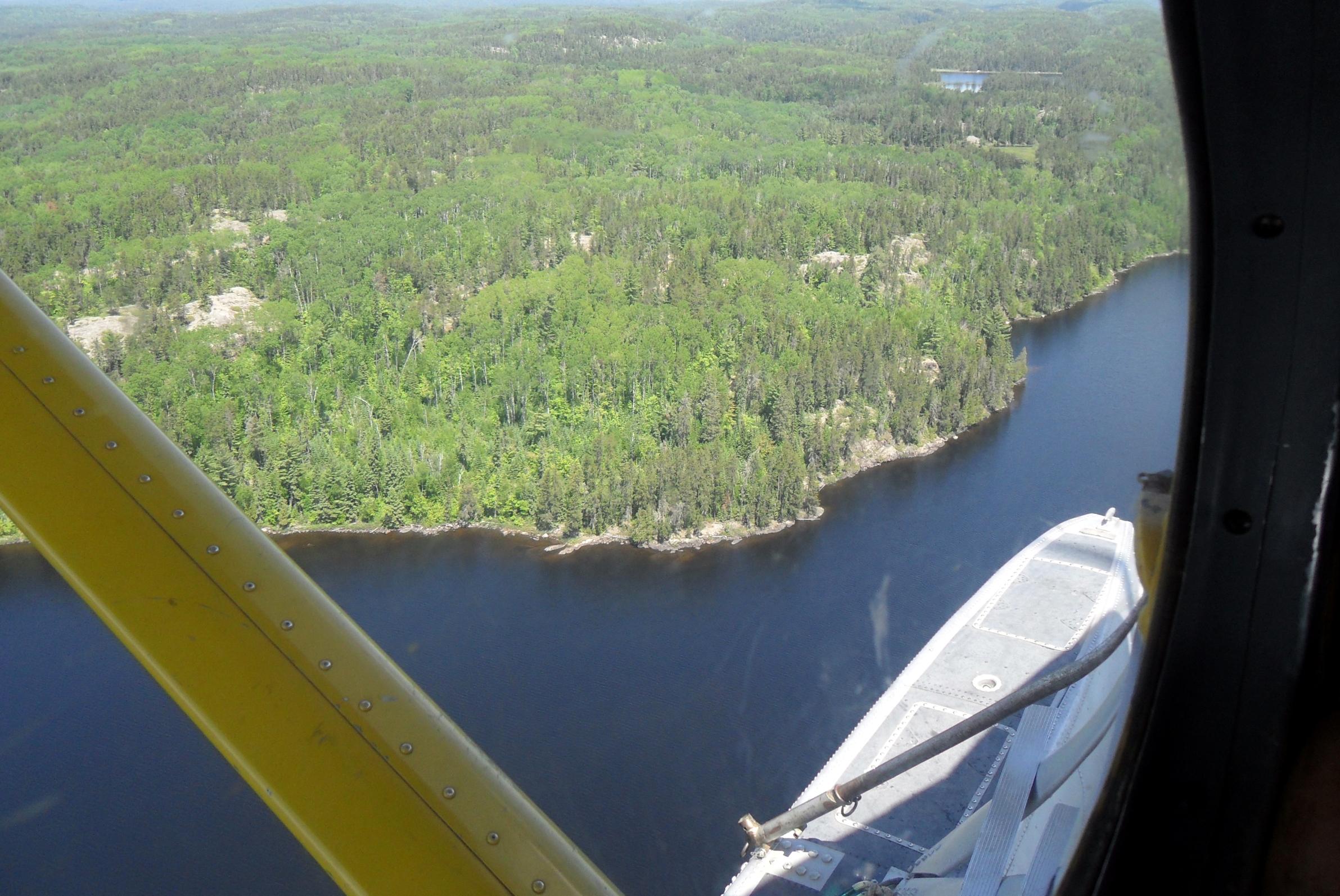
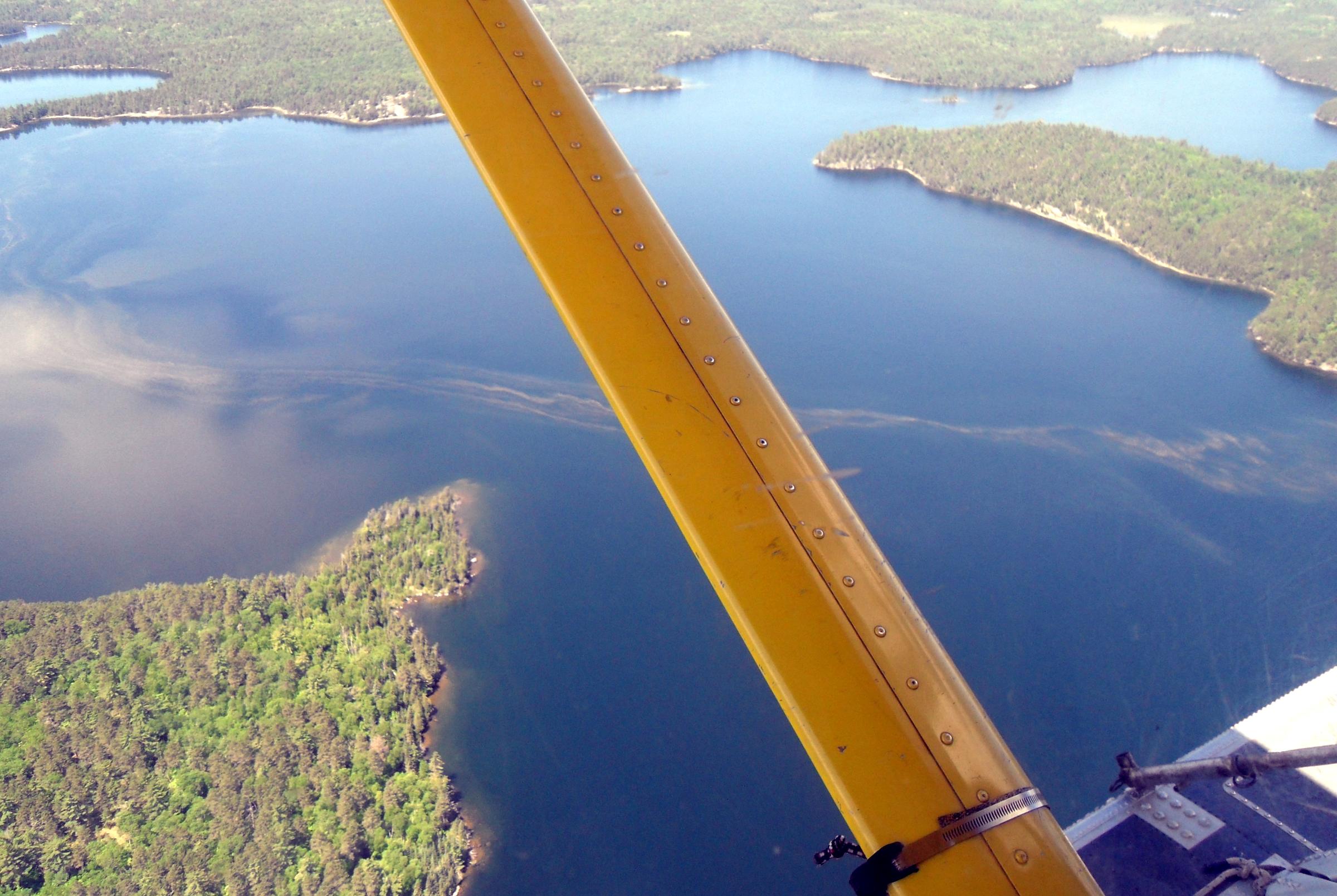
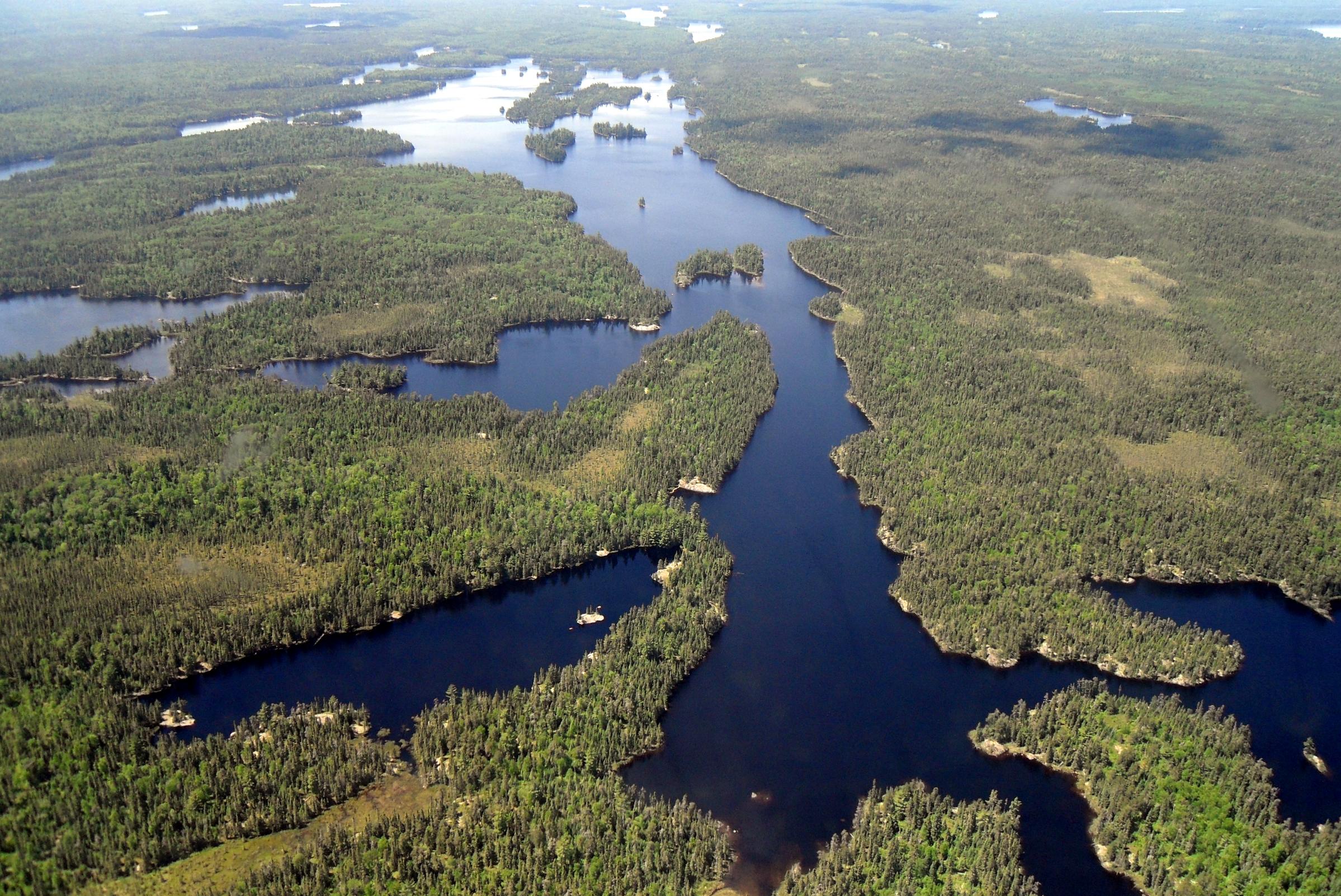
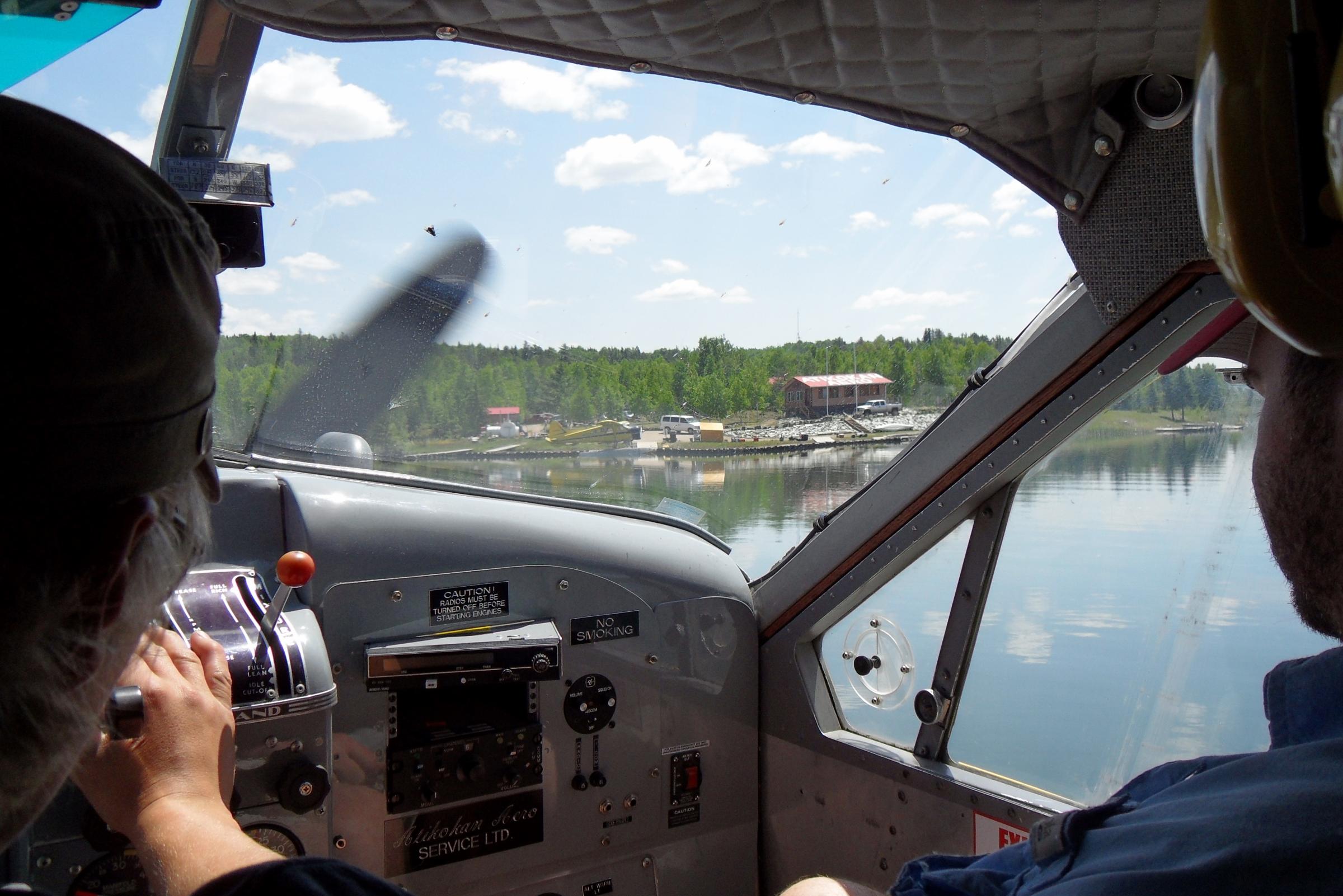
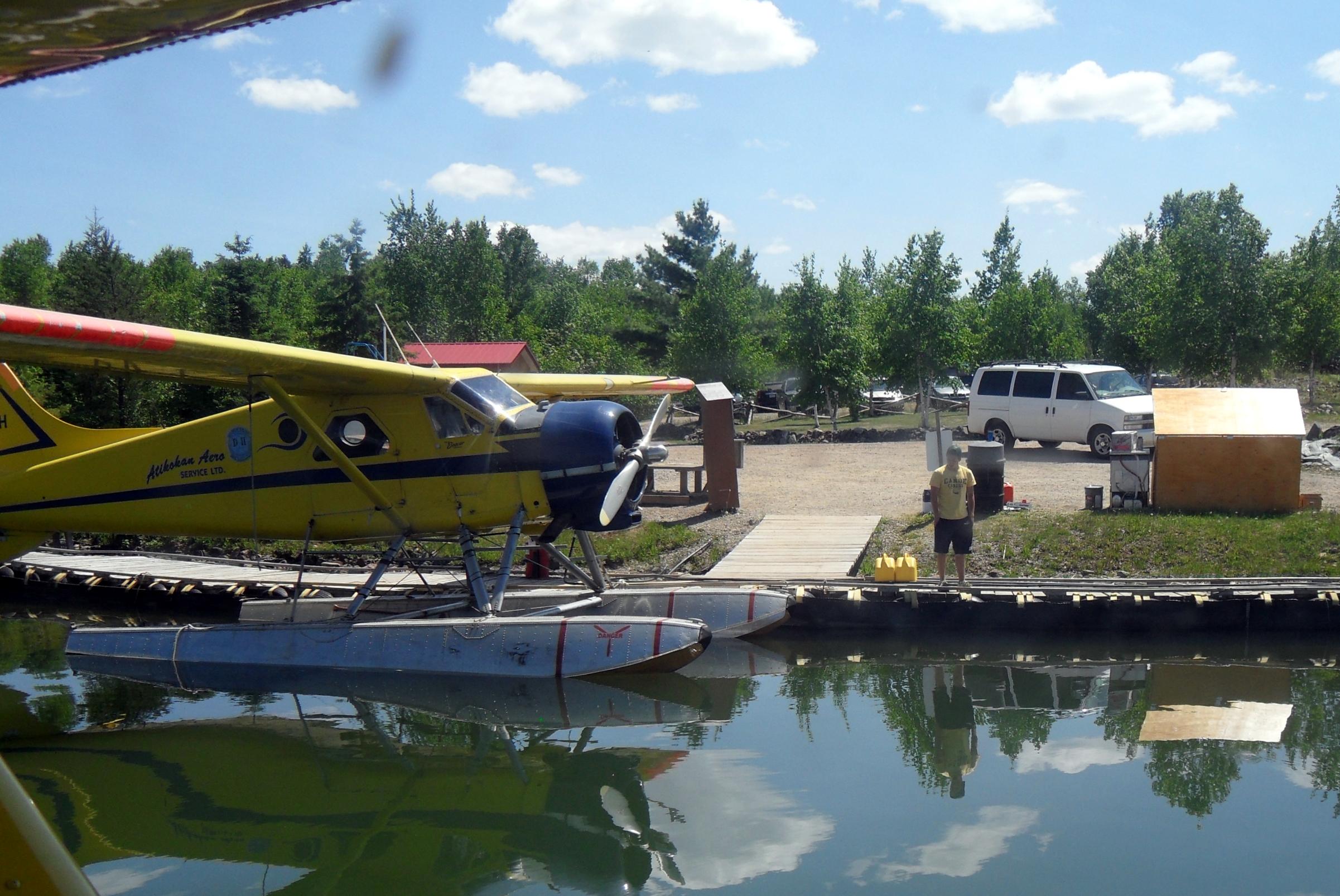
 Donate - BWCA.com
Donate - BWCA.com